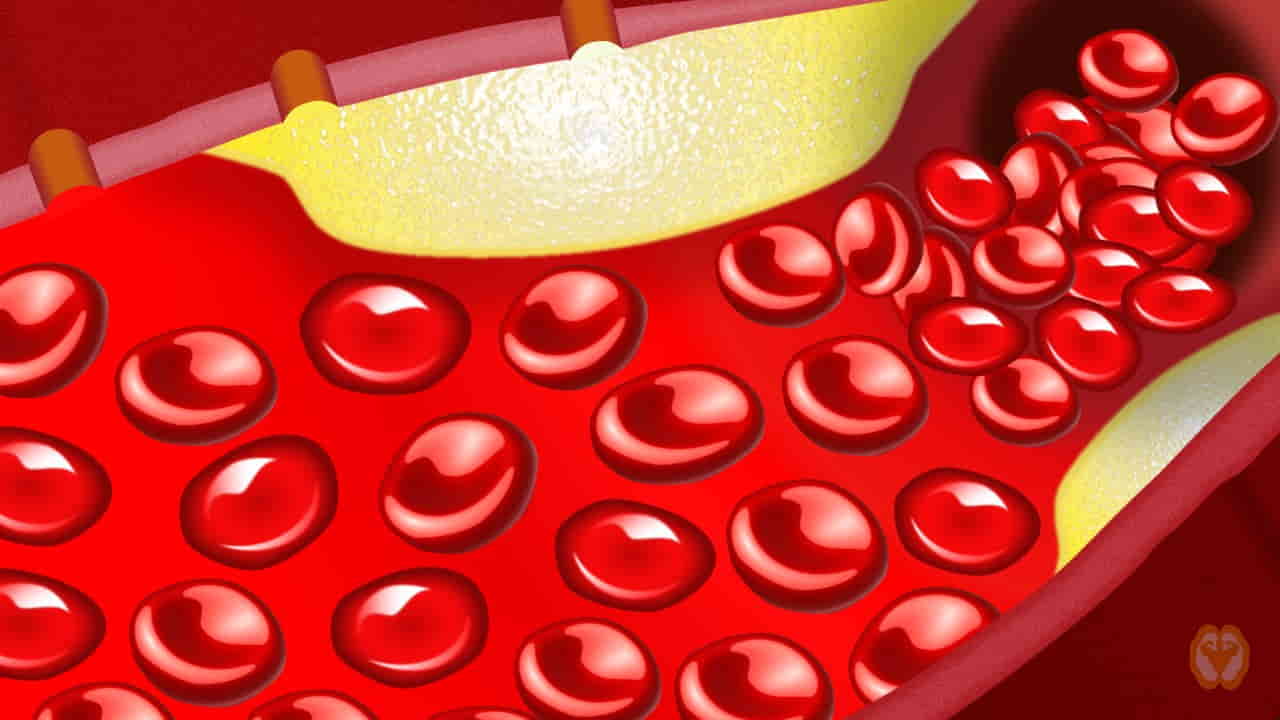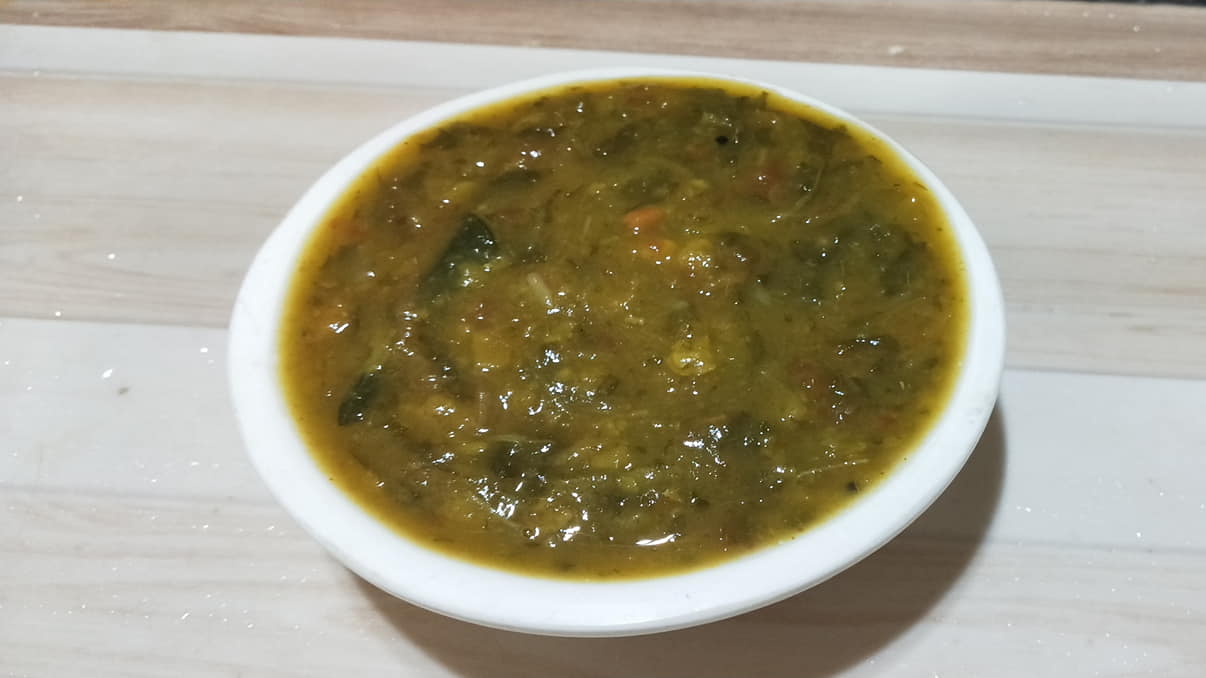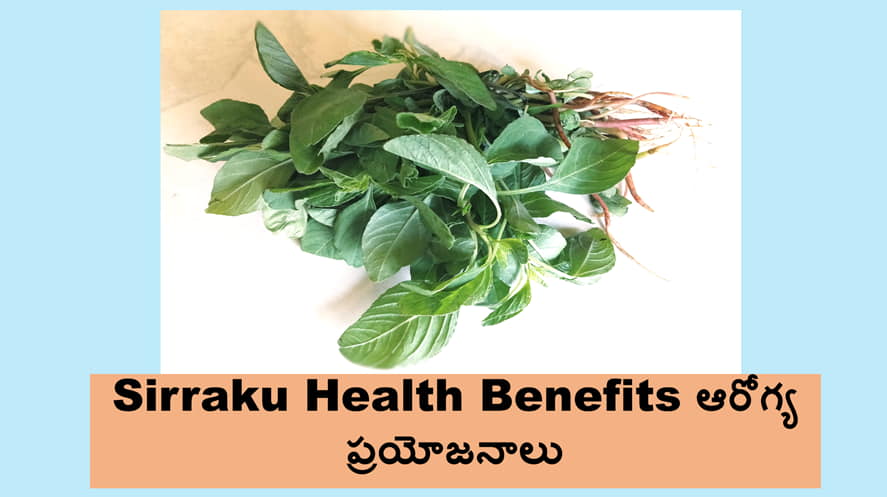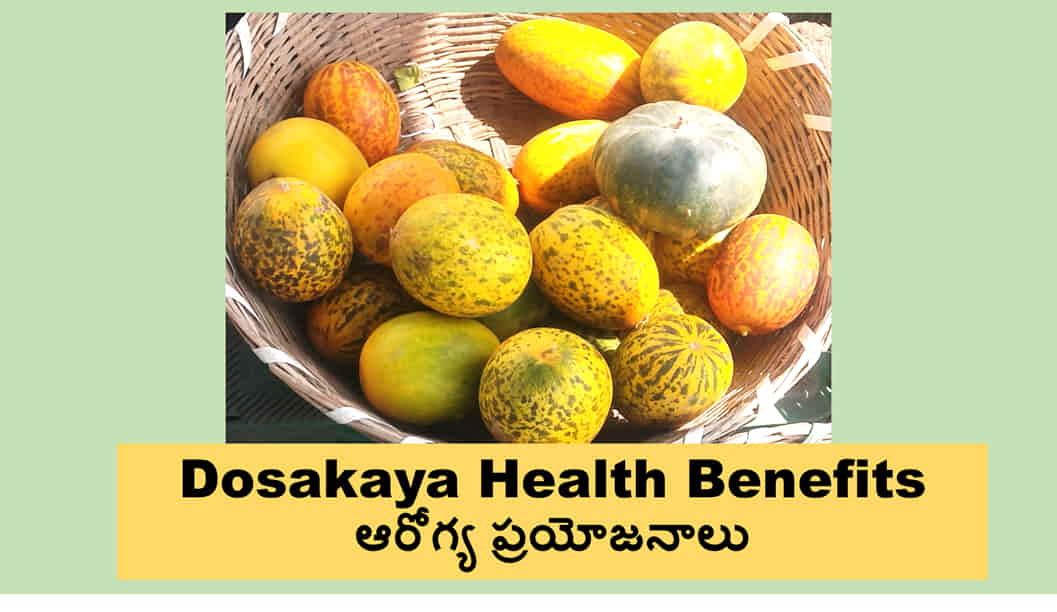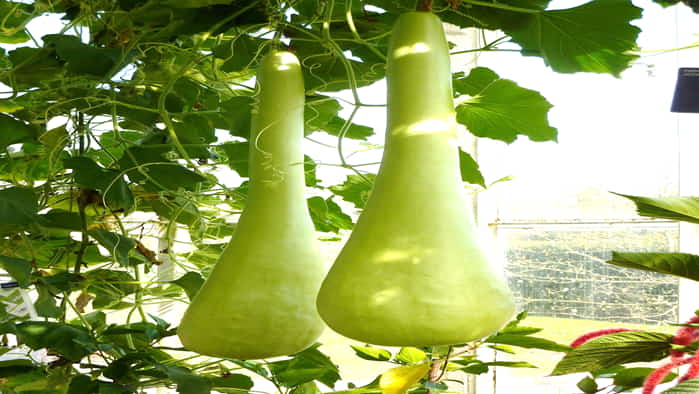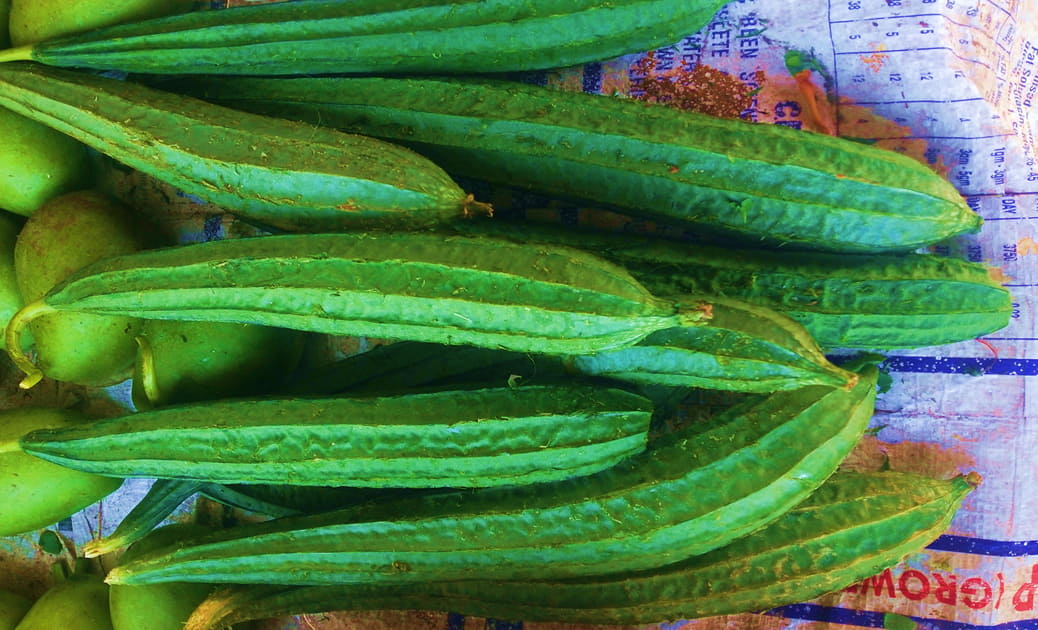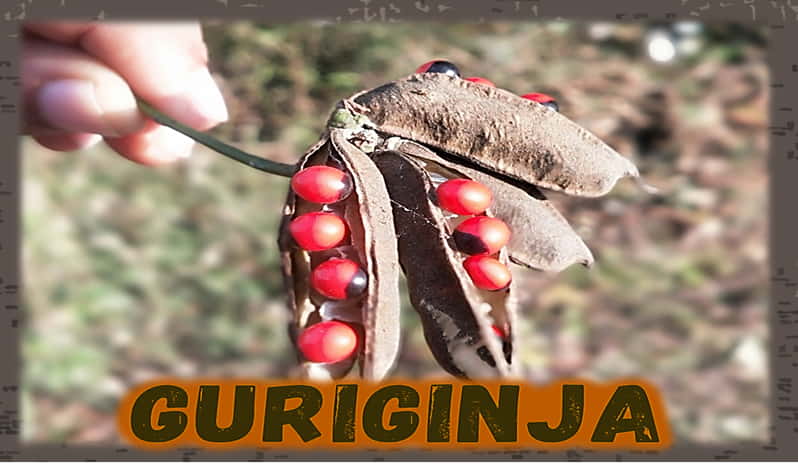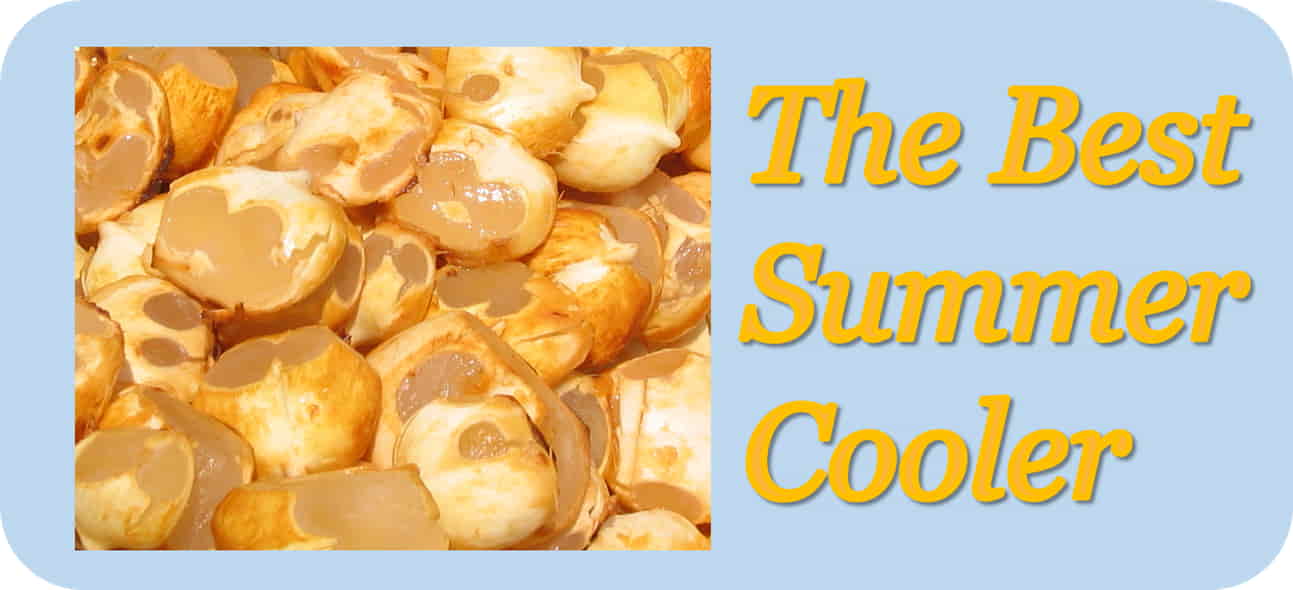Millets are regarded as a nourishing food that offers a lot of energy, aids in the fight against health problems and malnutrition, and provides a lot of energy. The ability to store millets for a long time and their resistance to pests and drought make them valuable food items. A variety of millets in Telugu names are available here, along with information on their health benefits analyzed by scientific studies.
Types of Millets in Telugu
Millets are a significant food crop that are grown all over the world and have a significant economic impact on developing countries. As a result of its high protein and fiber content, millet is preferred in Telugu speaking states, where its traditional foods are frequently consumed by the locals.
Millets are referred to as “Chiru dhanyalu” in Telugu. Chiru denotes a small, and dhanyalu denotes grains. Chiru dhanyalu serves as a common name for all types of millets in Telugu language.
However, these nutrient-dense grains have been given the name Siri Dhanya (Siri means rich (sampadha) and Dhanya means grain or crop) by Doctor Khadar Vali, who is called the Millet Man of India.
There are roughly nine different varieties of millets available in India, and they are as follows: …….
Siridhanyalu Names list in Telugu
- Kodo Millets = Arikalu (అరికలు)
- Foxtail Millets/Italian millet = Korralu (కొర్రలు)
- Little Millets = Samalu (సామలు)
- Barnyard Millets = Oodalu/Kodisama (ఊదలు, కొడిశమ)
- Browntop Millets = Andu korralu (అండు కొర్రలు)
- Pearl Millets/ Bajra Millet = Sajjalu (సజ్జలు)
- Great Millet/Sorghum = Jonna (జొన్న)
- Finger Millets = Ragulu (రాగులు)
- Proso Millets = Varagalu (వరిగలు)
Buy Jeeni millet health mix on Amazon
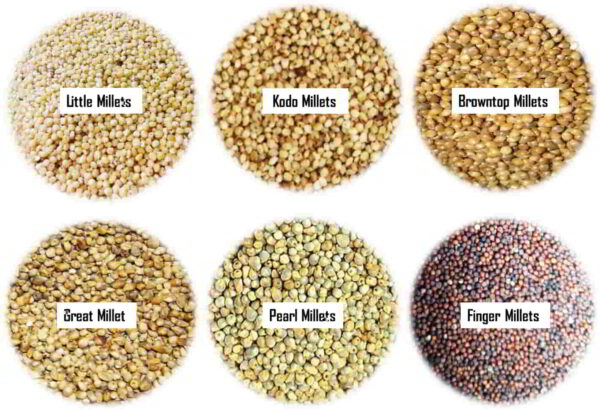
Benefits of Millets in Telugu
- చిరుధాన్యాలలో ఉండే ఉపయోగకరమైన రసాయనాలు శరీరంలోని ఫైటేట్స్ మరియు కొలెస్ట్రాల్ స్థాయిలను తగ్గించడం ద్వారా మానవ శరీరాన్ని ఆరోగ్యం గా ఉంచుతాయి.
- మాములుగా ఫైటేట్స్ లేదా ఫైటిక్ యాసిడ్లు శరీరానికి కావలసిన జింక్, కాల్షియం మరియు ఐరన్ శోషణను నిరోధిస్తాయి. ఇవి శరీరం లో ఎక్కువగా ఉంటె శరీరానికి కావలసిన పోషకాలను ఆహారం నుంచి మన శరీరం తీసుకోలేదు.
- చిరుధాన్యాలు అదనంగా, కొన్ని రకాల సూక్ష్మపోషకాలు మరియు డైటరీ ఫైబర్లను పుష్కలంగా కలిగి ఉంటాయి.
- మెరుగైన జీర్ణవ్యవస్థ పనితీరుపై సానుకూల ప్రభావాలను ఈ చిరుధాన్యాలలోని పోషకాహార సమ్మేళనాల ద్వారా పొందవచ్చు అని కొంతమంది నిపుణుల అభిప్రాయం.
- చిరుధాన్యాలలోని పీచు పదార్ధం ప్రేగు కదలికను మెరుగుపరచి మలబద్దకం నుంచి ఉపశమనం ఇస్తుంది.
- చిరుధాన్యాలతో తాయారు చేయబడిన ఆహారాన్ని క్రమం తప్పకుండా తీసుకోవడం వల్ల శరీరంలో చెడు కొవ్వు (LDL) స్థాయిలు తగ్గించుకోవచ్చు.
- మొక్కజొన్న ను ఆహారంగా తీసుకొనే పెంపుడు జంతువులకు ఈ చిరుధాన్యాలను ఆహారంగా ఇవ్వడం ద్వారా అధిక ఉత్పత్తిని, అంటే మాంసం, గుడ్లు, పాలు, ను ఎక్కువమోతాదులో పొందవచ్చు.
- ఈ చిరుధాన్యాలను ఆహారంగా తీసుకోవడం ద్వారా గుండెకు సంబంధించిన సమస్యలనుంచి దూరంగా ఉండవచ్చు.
- చిరుధాన్యాల ఆహారం మధుమేహం నుండి మనల్ని కాపాడుతుంది.
- క్యాన్సర్ ప్రమాదాన్ని తగ్గించడంలో చిరుధాన్యాలు ప్రయోజనకరమైన ప్రభావాలను కలిగి ఉన్నాయని కనుగొనబడింది.
- మలబద్ధకం, పెద్దప్రేగు క్యాన్సర్, గుండె జబ్బులు మరియు మధుమేహం నివారణలో మిల్లెట్ ఫైబర్ కీలక పాత్ర పోషిస్తుంది అని కొన్ని రకాల శస్త్ర పరీక్షలలో తేలింది.
- శక్తి స్థాయిలను మెరుగుపరచడానికి మరియు కండరాల వ్యవస్థను బలోపేతం చేయడానికి చిరుధాన్యాలు బాగా ప్రసిద్ది చెందాయి.
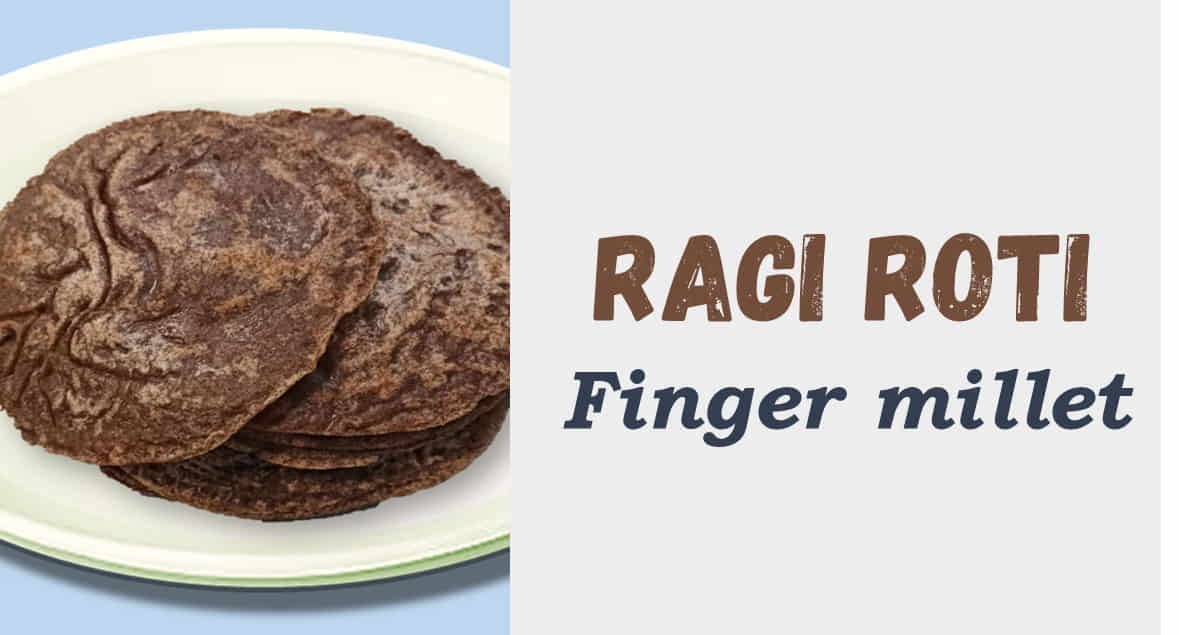
- అనేక మంది శాస్త్రవేత్తల ప్రకారం, విటమిన్లు, ఖనిజాలు, అమైనో ఆమ్లాలు మరియు ఇతర మూలకాలు వంటి అవసరమైన పోషకాలు అధికంగా కలిగి ఉన్న మిల్లెట్లను ఆహారంగా తినడం ద్వారా పోషకాహార లోపాన్ని నిర్ములించవచ్చు.
- లైసిన్, థ్రెయోనిన్ మరియు వాలైన్ వంటి ముఖ్యమైన అమైనో ఆమ్లాలు మన శరీర పెరుగుదలకు చాల అవసరం, ఇవన్నీ చిరుధాన్యాలలో చాలా పుష్కలంగా లభిస్తాయి, కావున చిరుధాన్యాల ఆహారం మానవ మరియు జంతువుల ఆరోగ్యానికి అత్యుత్తమ ఆహారంగా పరిగణించబడుతుంది.
- చిరుధాన్యాలలో టానిన్ అనే ఫినాలిక్ పదార్థం అధికంగా ఉంటుంది, ఇది యాంటీఆక్సిడెంట్గా పని చేయడం ద్వారా రోగనిరోధక శక్తిని బలోపేతం చేస్తుంది.
Buy Five Millets Combo Packs for Preparing Health Mix
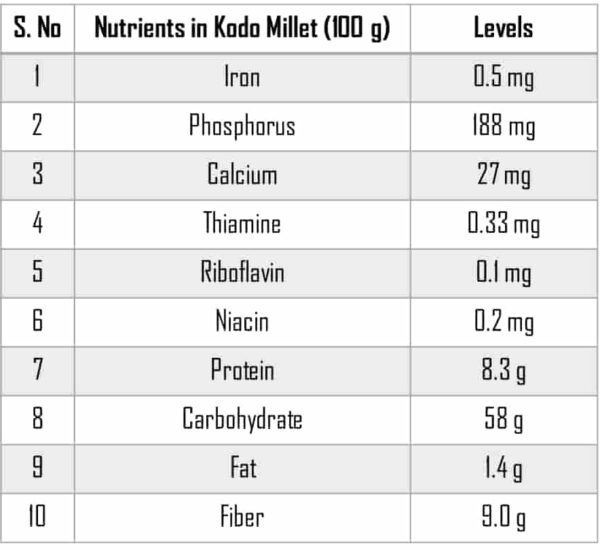
Foods made with Millets in Telugu
భారతదేశంలో మిల్లెట్ తరచుగా వివిధరకాల ఆహార పదార్ధాలను తాయారు చేయడానికి వాడుతారు, ఇక్కడ దీనితో దోస తయారు చేస్తారు, దీనిని మిల్లెట్ మరియు ఇతర ధాన్యాల కలయికతో తయారు చేస్తారు.
అదనంగా, వీటిని చపాతీ, జావా, వడ, ఇడ్లీ, ఉప్మా, పొంగల్, పాయసం, రోటీ, సుషీ, పరోటా, పిజ్జా, స్వీట్లెస్ బ్రెడ్, కుకీలు మరియు కొన్ని ఇతర సాంప్రదాయ ఆహారాలను తయారు చేయడానికి ఉపయోగిస్తారు.
మిల్లెట్ నుండి తయారైన మరొక ఉత్పత్తిని మదువా అని పిలుస్తారు, ఇది భారతదేశంలో ప్రసిద్ధి చెందిన రాగులు ఆధారిత పానీయం.
Buy Jeeni millet health mix on Amazon
Facts about Chirudhanyalu in Telugu

Prior to rice becoming a common food, Indians cultivated and consumed millets.
Millets were still grown during the Ramayana Yuga, according to Shree S. L. Byrappa, a very well-known storyteller, who makes this claim in one of his novels, Uttara Kand.
But, millet was known as the “Lost crop” because in the late 19th and early 20th centuries, neither farmers nor consumers paid much attention to it.
However, there is currently a great deal of interest in growing millet crops due to the current changes in human health, the challenges involved in producing wholesome food sustainably, as well as the expanding global population, climatic changes, and water scarcity.
Millets are a major source of food in many Asian and African nations.
Due to climate change, rapid urbanization, the reduction of agricultural land, and the rise in the cultivation of industrial food and medicinal crops, millets are no longer widely available and are no longer grown in any of India’s states.
These nine millet species produce nutritious grains that are widely used in traditional medicine and as a necessary food to maintain health.
One may experience improved health and a decreased risk of illness by regularly consuming these grains.
The dehulling process enhances millet quality by removing excessive hull content from the outer side of the grains.
Generally, the hull (outer coat) of millets contains the majority of the antinutrients and polyphenolic compounds that precipitate proteins and decrease protein digestibility; however, the dehulling process significantly reduces their presence and improves protein digestibility.
However, a study discovered that the dehulling procedure, which increased protein content and digestibility, had a significant impact on the nutritional value of pearl millet.
The longer dehulling procedure, however, occasionally causes protein levels to drop significantly.
Millets’ carbohydrate contents can vary, with little millet having the highest carbohydrate content and foxtail millet having the lowest.
Like other cereals, millets primarily contain starch as a source of carbohydrates.
However, different domestic processing and cooking procedures, such as pressure cooking, soaking, sprouting, autoclaving, and others, have an impact on the amount of readily available carbohydrates in millet grains.
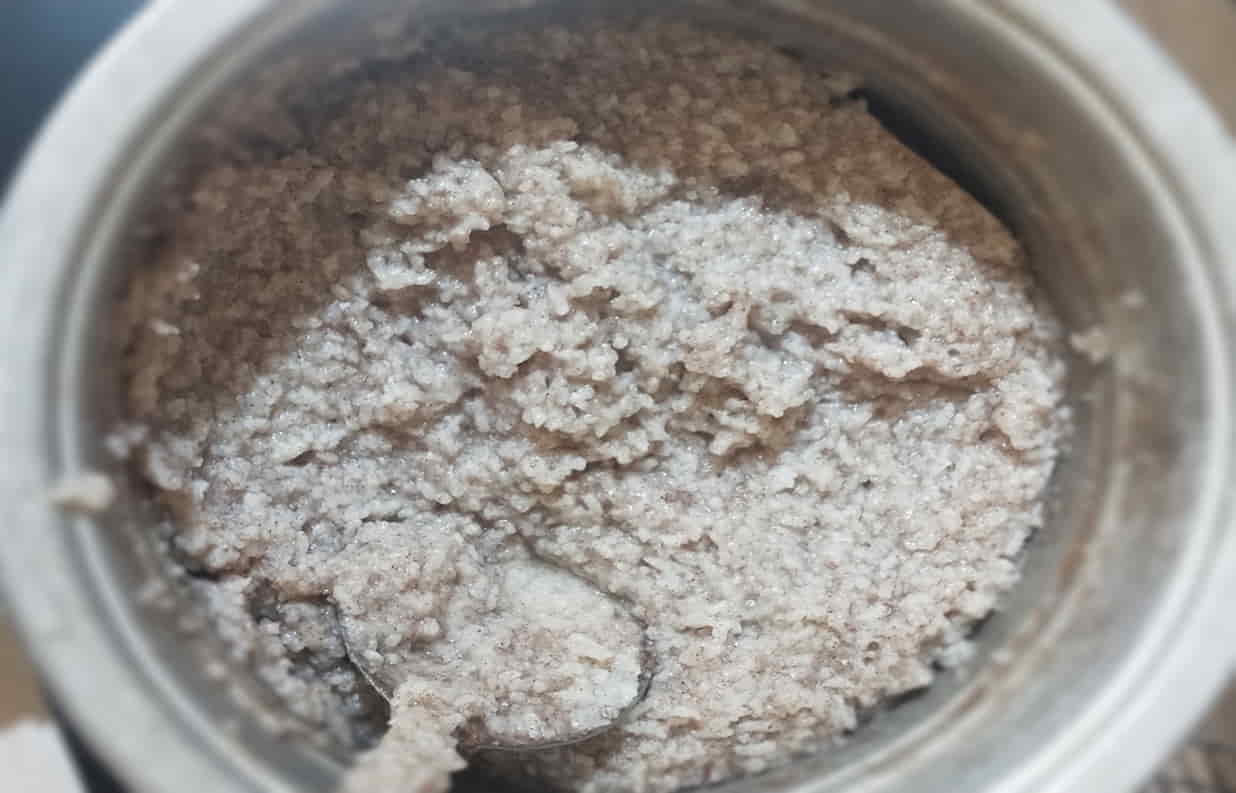
The sugar and protein content of the sprouted millets differs significantly from raw millets if you attempt to germinate the millet grains.
Recent studies on the impact of germination on pearl millet’s carbohydrates found that germination significantly raises the total soluble sugar concentration as well as the concentration of both reducing and non-reducing sugars.
I hope you found the appropriate and comprehensive information related to different types of Millets and their Telugu names in this article. You can read our other posts published on our site mysymedia.com.
Read more
| Phalsa Fruit | White Poppy Seeds | Black poppy seeds | Horsegram |
| Ajwain | Carom Seed | Kodo Millet | Aloo Bukhara |
| Dondakaya | Phalsa Fruit | Salmon Fish | Bangaru Teega Fish |
| Rohu Fish | Korameenu Fish | Roop chand Fish | Moduga Chettu |
